Comment
Museums should do more to cater for autistic people
Immersive and interactive exhibitions can be uncomfortable for neurodivergent visitors, but if galleries made more of an effort, everyone would benefit
Richard Serra, man of steel (1938–2024)
The sculptor saw possibilities in steel that no one else had before, creating works that altered viewers’ perception of space
Don’t fear the gatekeeper
Artists may distrust intermediaries but it would be more difficult for anyone to get noticed in the art world without them
‘Truly the end of an era’ – a tribute to Jacob Rothschild (1936–2024)
The financier and philanthropist’s greatest achievement may have been his service to the arts, at Waddesdon Manor and as chair of the National Gallery
What use are the arts?
The notion that art should serve a personal or social good is more prevalent than ever – but is usefulness really the point of creativity?
Caravaggio goes digital in Milan
A flawless digital copy of the artist’s Basket of Fruit raises the tricky question of how much authenticity should matter to museums
Chaos into calm – the art of Taloi Havini
The Papua New Guinean won the 10th Artes Mundi prize last month, with video works and installations that eloquently embody the history and heritage of her homeland
Fifty years on, this biopic of Edvard Munch deserves a new lease of life
Peter Watkins’ 1974 film is no ordinary portrait of the artist – and feels more current than ever as the art-historical canon is up for debate
Can UK museums still charge for images of artworks?
The Court of Appeal’s recent ruling in a copyright case has caused a good deal of excitement, but its relevance to reproductions of artworks remains to be seen
The V&A is a much better home for this medieval sculpture than the Met
A 12th-century walrus ivory will head to the Met unless a UK institution can find £2m by February – but the sculpture really should stay where it is
‘He made visible the invisible forces that govern the universe’ – a tribute to Giovanni Anselmo (1934–2023)
A leading member of the Arte Povera movement, the artist stood out among his peers for his wit, imagination and interest in elemental forces
The passion projects of Dorothy Iannone
Work by the artist who painted herself as a sex goddess sits uneasily within the category of feminist art – and is all the better for being discomforting
From manuscripts to memes, and back again
Olivia Swarthout has turned her hit social media accounts about medieval marginalia into a book. After recent digital disruptions, paper seems like an increasingly safe bet
Cosmetic surgery – a Stuart beauty is restored to her natural state
The retouching of Diana Cecil’s portrait has drawn comparisons with the enhancements of Kylie Jenner – but it says more about changing beauty standards
True art is nothing to be embarrassed about
There’s more to art than subject matter – and it’s almost impossible to find anything shameful about a style
The artists who want to enter the monster zone
Creativity often flouts conventions, so it’s no wonder more women want to become thoroughly monstrous
Command performance – what a lost Artemisia tells us about an English queen
The Royal Collection has found a work from the artist’s London years reveals as much about its patron as about the painter
The history of artists’ signatures is a secret history of art
For painters from Jan van Eyck to Philip Guston, the act of signing a finished work is much more than a simple assertion of authorship
Making art behind bars can be its own form of release
Effective rehabilitation requires offenders to imagine themselves differently – and finding a creative outlet can certainly help with that
Demolishing post-war buildings shouldn’t be the default
Despite the creative possibilities and environmental benefits of refurbishment, developers are all too eager to start over
Who should fix the crisis at the British Museum?
The theft of 2,000 items is a scandal that points to wider failures of leadership and oversight. So can the museum right what has gone wrong by itself?
Will art bring life back to the office?
By brightening up corporate spaces, employers are trying to tempt remote workers back to business as usual
The laws regarding Native American remains leave too much up to museums
In the absence of clearer rules, institutions should obey the spirit and not just the letter of the law – and be more careful with material they may have to return

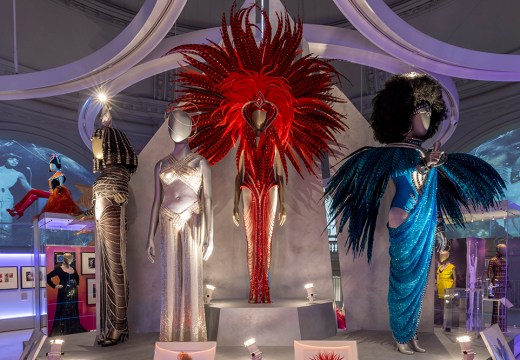
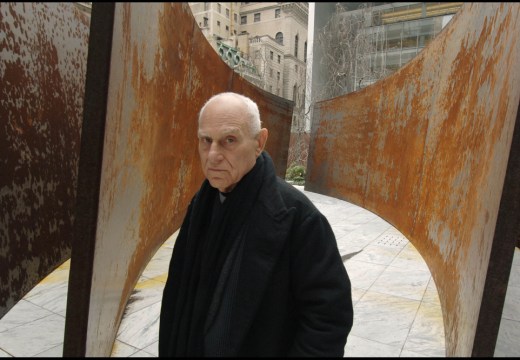
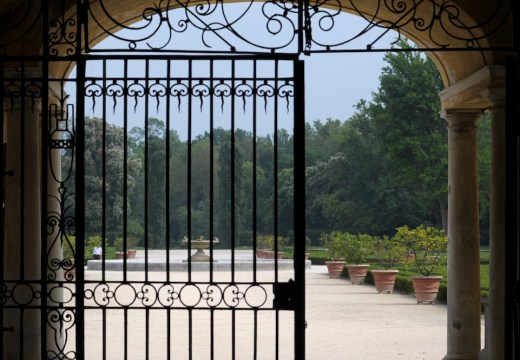
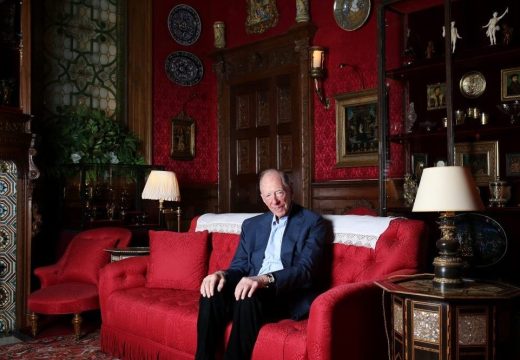
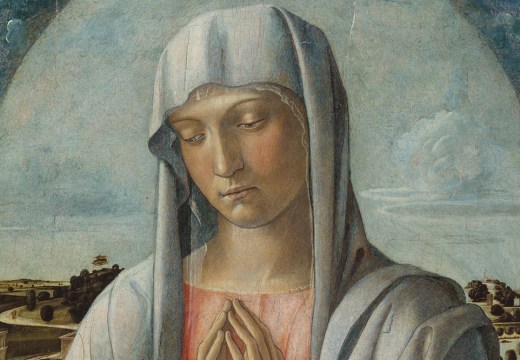
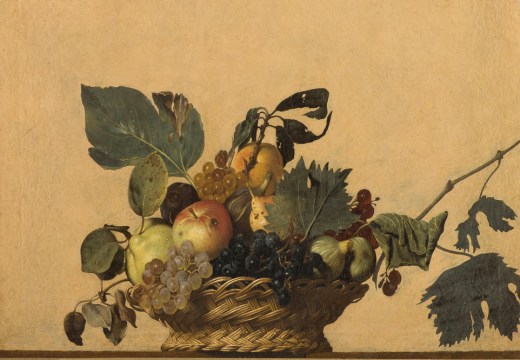
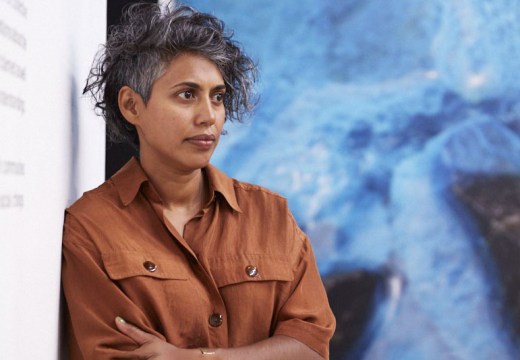
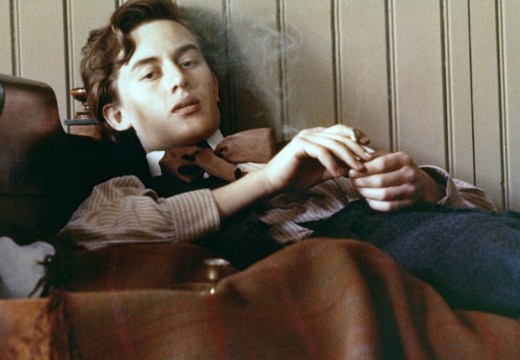

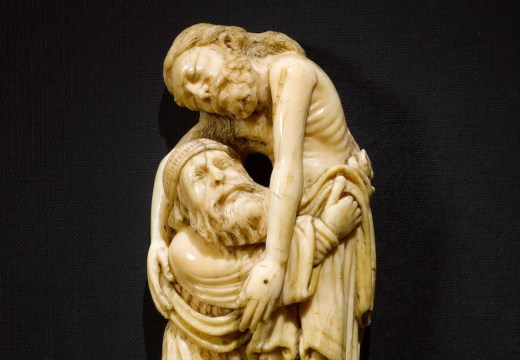
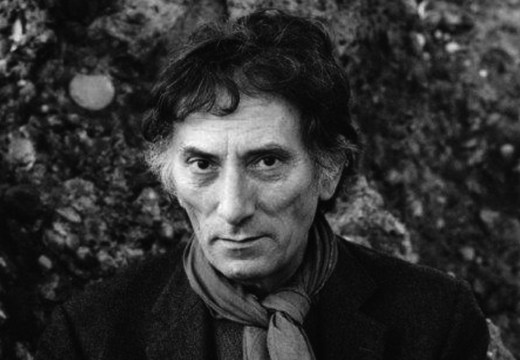
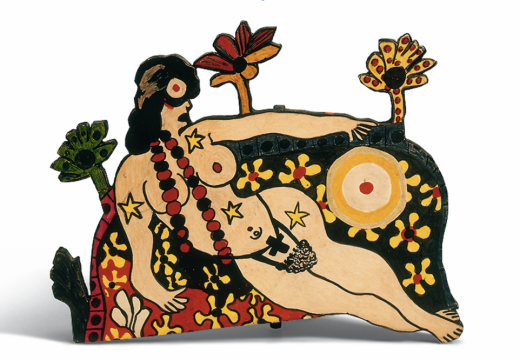
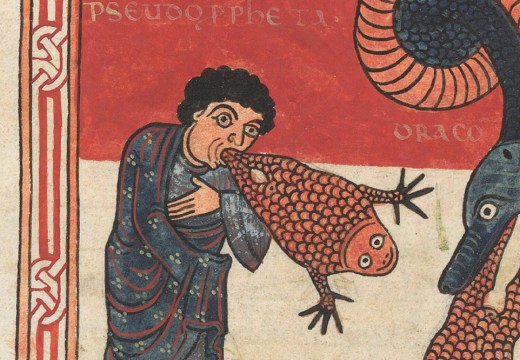
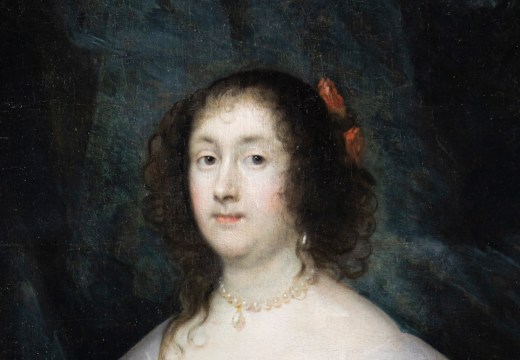
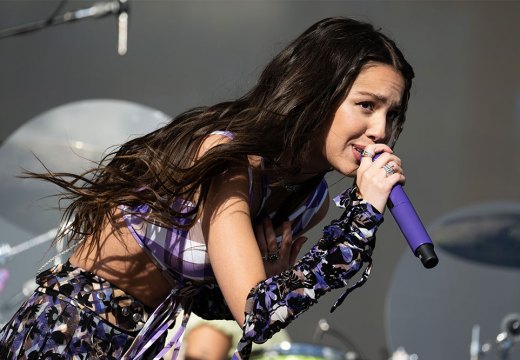

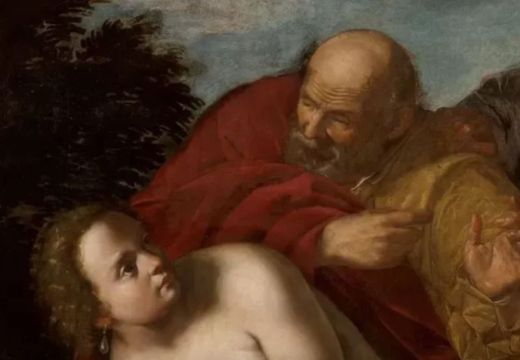
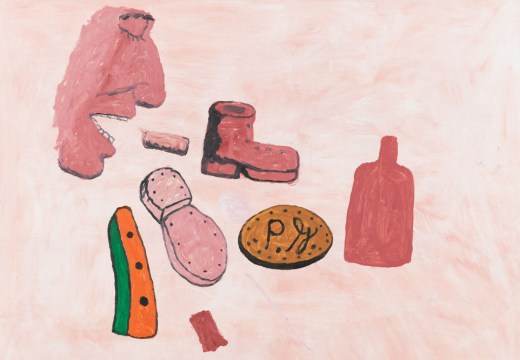
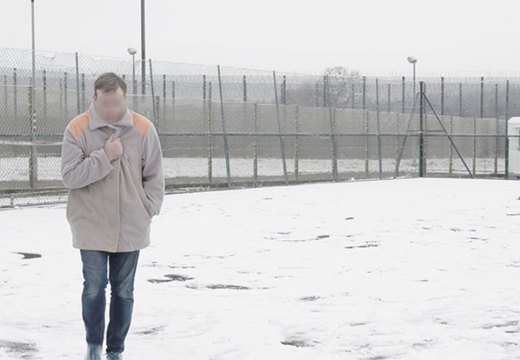
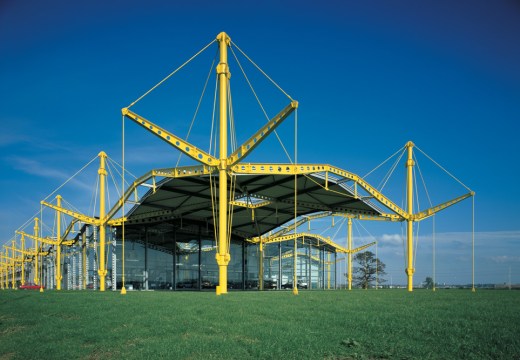

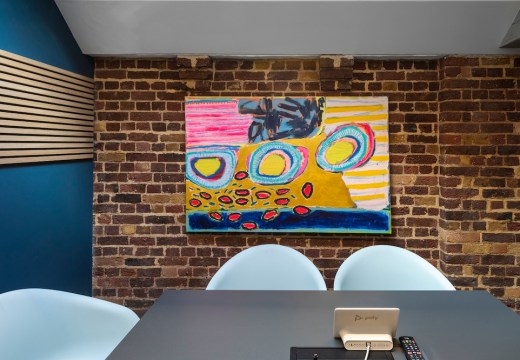
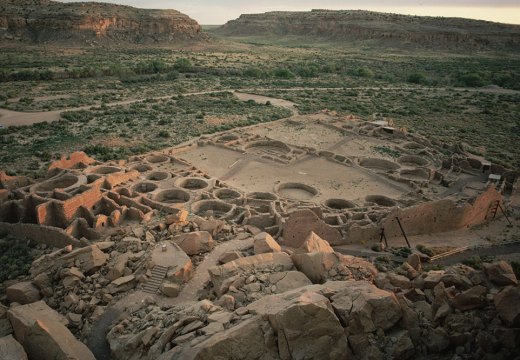









![Masterpiece [Re]discovery 2022. Photo: Ben Fisher Photography, courtesy of Masterpiece London](http://www.apollo-magazine.com/wp-content/uploads/2022/07/MPL2022_4263.jpg)
Why are fathers so absent from art history?
Artists over the centuries have often depicted women as mothers, but where are all the deadbeat dads?